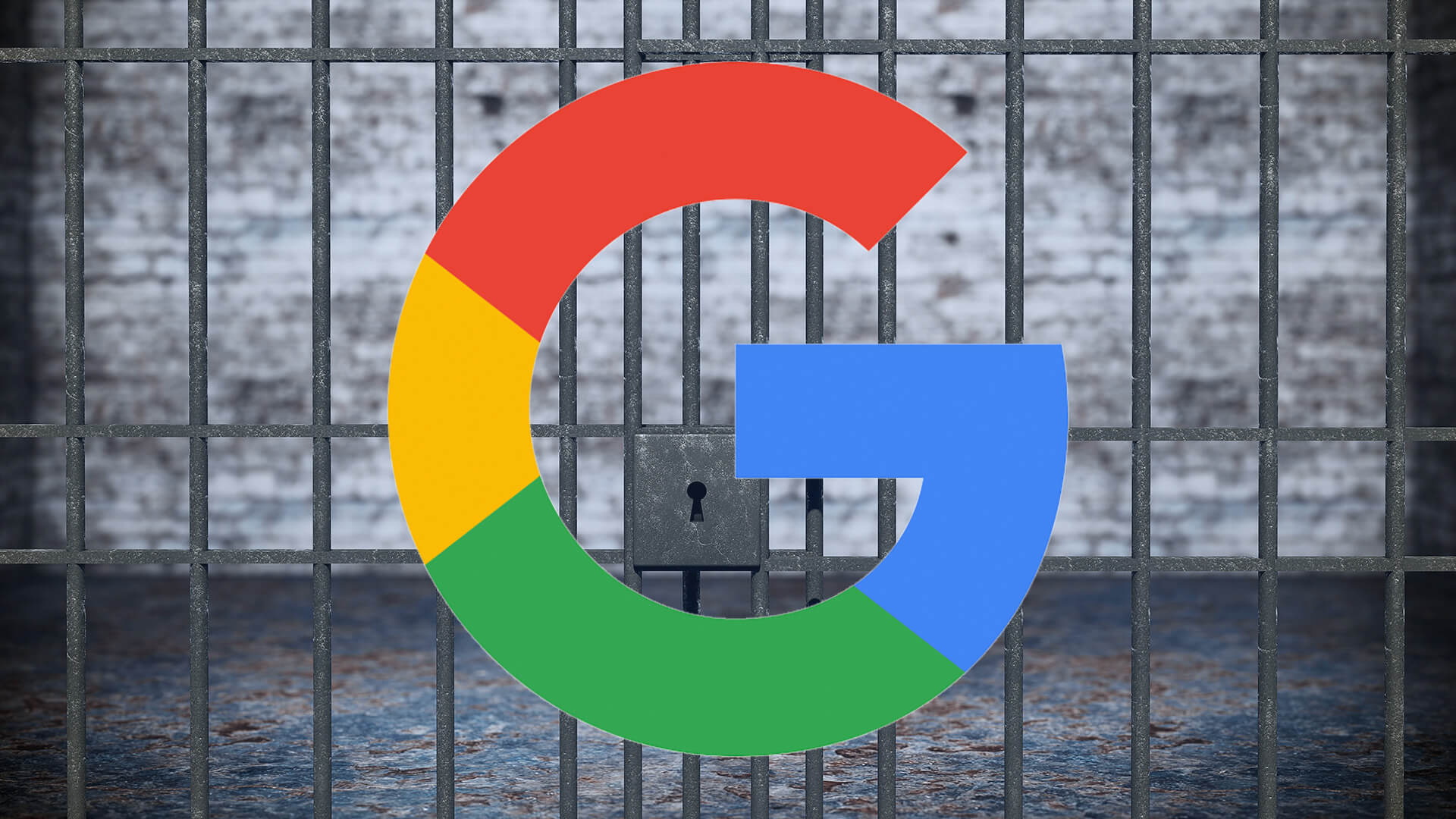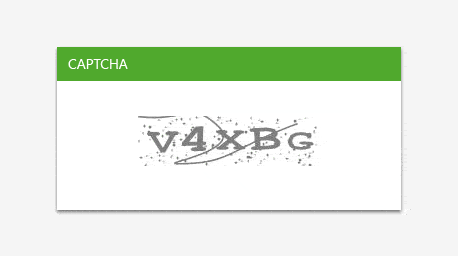Connect with us
Recent Posts
-
Human Alert! Google’s Manual Action Penalty Is In Play
And you thought that Google is all about complex algorithms and programs. The search engine giant is actually smarter than that. So, if you have followed every rule to the T and avoided its Penguin, Panda and all other webmaster codes, there will still be a human there to catch you. This is when Manual Action Penalty comes in and you receive a message in your search console profile.
Actual humans check our websites?
Google has a dedicated analysis team to this. Although statistics show that only 2% of the total number listed is analysed manually, but you never know when your site can face this screening process. You may have been fine till now, but if manual checking finds a fallacy, you will be de-ranked and asked to review your site.
Why check manually?
After all, it’s a human who is ultimately going to see your page. So, it’s no news that Google pays a certain number of people just to analyse your website. For instance, one such penalty attribute is “Cloaking.” In this, a text is generally hidden from user’s view but is available for Google to see.
It is done by placing white text on a white background. Your traffic will increase as Google search will detect this text but users will have no idea about its presence. A person employed by Google will recognize this and send you an alert message.
Same goes for “Sneaky Redirects.” If any user came to your site expecting a travel blog and got redirected to rucksack purchase page, Google won’t entertain this. Manual analysis will again identify this as spam.
What else do they check?
The list is huge. They check your inbound and outbound links, unnatural links, cloaked images, keyword stuffing, spammy free hosts and more. You are caught if you pay people to link to your website. You are also penalized if there is backlinking from irrelevant forums to your web page.
Another major thing that this manual inspection team checks is user-generated spams. For instance, in your blog section and discussion forums, many users can post irrelevant content with no profile picture and their web page link as the username. Although you have no hand in creating these spams, Google will ask you to remove them.
Say I get penalised. What’s next?
First, there is nothing to worry about. And second, follow Google’s analysis of your page and make the necessary changes. For instance, take the user-generated spams for example. You can personally visit every comment and remove them individually. Such spams are generally robot generated so involve the use of “Captcha.”
Various tools are available that may do this cleaning job for you. Employ Website.crawler to detect spammy outbound links, Akismet for user generated spams and Screaming Frog for redirects. After this whole process, resubmit your page and ask Google for reconsideration.
Be thorough in what you do
Don’t just clean your website for the sake of doing it. You don’t want Google to catch your site the second time. If things become too overwhelming, it’s better to employ an SEO expert. Accompany a Google Doc with your site’s resubmission explaining all the changes that you have made and how you intend to avoid them in future. After all, its manual inspection and you can create an impression.
Final tip, keep you content authentic as well. Manual inspection will catch you for this also. Google just does not tolerate duplicate texts.
Recent Posts
-
What are Top 2020 SEO Trends...
1.The ERA Of VOICE SEARCH Hello, 2020! Long gone are the days when we used to head over to the search engines on our desktops and
Read More -
Why Is SEO Super-Duper...
The year’s 2019! We have long laid our footsteps in this digital world. Did you know that more than 4 billion people al
Read More -
National SEO Services –...
Introduction about National SEO Services A National SEO service provider uses search engine optimization practice to enhance the
Read More










